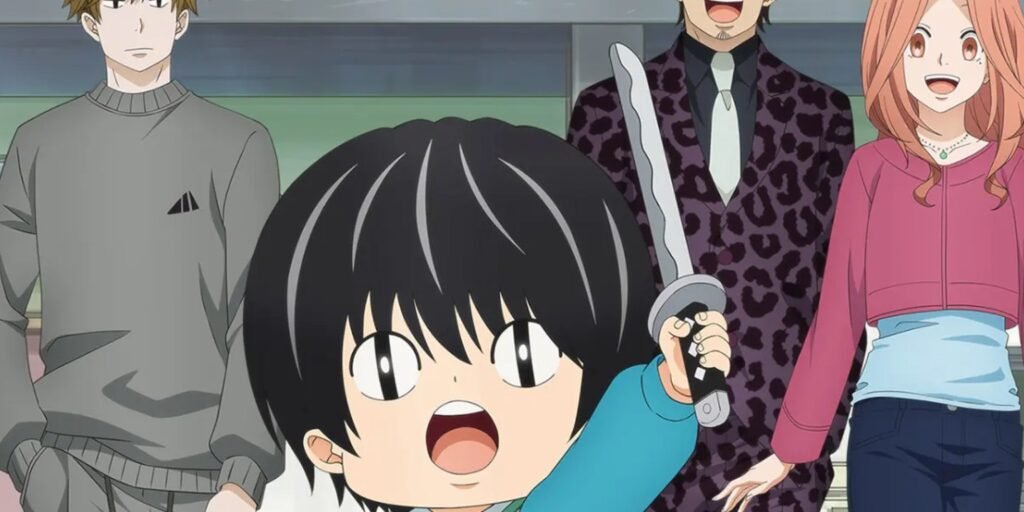Kotaro Lives Alone isn’t the primary animated sequence with a toddler protagonist to handle emotionally grownup themes, nevertheless it undoubtedly appears to go farther and hit more durable than any of it’s predecessors.
Following the story of 4-year-old Kotaro Sato as he strikes into an condominium advanced the place he lives, to the shock of his neighbors and because the title implies, utterly alone. Whereas initially he explains that he doesn’t “have” his dad and mom anymore, we be taught that he’s unknowingly dwelling off of his mom’s life-insurance coverage, which arrives in weekly funds he believes come from a beneficiant benefactor, whereas concurrently hiding from an abusive father towards whom he has a restraining order.
However past these heartbreaking circumstances, Kotaro shouldn’t be your typical baby. He speaks in a feudal-era model of Japanese that interprets right into a type of Shakespearian English, emulating his favourite cartoon samurai, Tonosaman, whose dialogue he repeats line by line, ritualistically, throughout every nightly episode.
It’s the incongruity between this extraordinarily formal habits and the truth of the childhood neglect he has endured the place the sequence delivers its heaviest emotional payloads. We understand his hyper-independence isn’t simply entertaining or comical, it’s a trauma response. The grownup neighbors in Kotaro’s advanced, manga artist Karino, membership hostess Mizuki, and smart man Tamaru all step in to satisfy the roles of a standard caregiver, regardless of Kotaro’s fixed protesting that he doesn’t want their assist.
Every episode incorporates lovely and bittersweet exchanges between these characters, with Kotaro imparting ageless knowledge on the adults who present us that getting older doesn’t imply having life found out, and the caretakers doing their greatest to supply sufficient stability and like to counteract Kotaro’s loneliness and trauma and provides him a glimpse of actual childhood pleasure.
The sequence may have you laughing and crying in flip, questioning why this odd mixture works so effectively collectively, like peanut butter and pickles or strawberries and vinegar. Perhaps it’s the proximity to actual life, which doesn’t compartmentalize our laughter and our tears, or separate our darkest occasions from the brightest rays of hope. They’re simply all tints of the identical emotional palette we paint our lives with.
